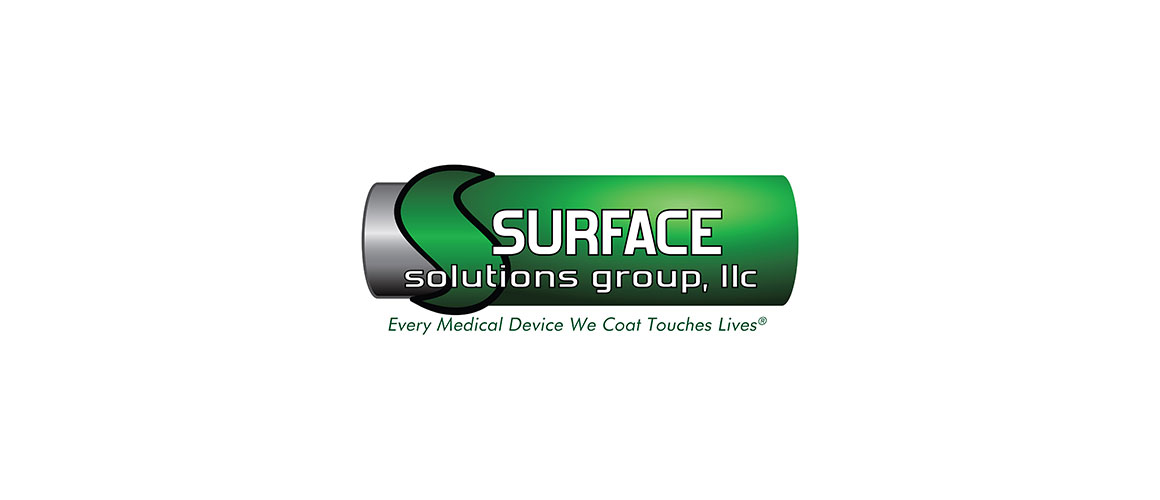Initiation into the medical device industry for Orion Industries (Chicago) came in the form of a VHS tape. In the late 1970s, the company was contracted by medical manufacturer Baxter to develop a coating for early endoscopic instruments that provided permanent electrical insulation. New to the medical device industry, Orion required a better understanding of the finished product’s end use in order to optimize the needed coating.
“We really didn’t have much idea of what this [endoscopy procedure] was all about until one of the engineers came by and showed us a videotape,” said Bruce Nesbitt, owner of Orion. “We were just awed. Since then, we’ve really focused on medical [applications].”
The company’s roots in coating technologies date back earlier than the 1970s, however. Orion Industries has its origins in a scenario Nesbitt describes as typically American. It all began in his parents’ basement when he was a kid. Officially founded in 1963, the company coated automotive parts and eventually found a niche in PTFE-coating frying pans. But when, in 1995, its biggest customer was bought out and began outsourcing to China, Orion fell on hard times, losing half of its business, according to Nesbitt.
Having continued to serve the medical market on a small scale since working with Baxter, Orion rebounded from the mid-1990s frying pan setback by honing its medical device coating capabilities. Soon, the medical device industry accounted for an estimated 40% of its business and the company made plans to open a third facility dedicated solely to medical applications. That facility became Surface Solutions Group (SSG) in 2008.
At the core of the company’s business is PTFE, which SSG applies to a range of medical devices ranging from assembled guidewires to mandrels. It coats assembled guidewires with lengths from 60 to 260 cm and with diameters from 0.016 to 0.052 in. It also has the ability to coat unassembled coil wires in lengths of 120 to 520 cm in the same wire diameters.
Aside from SSG’s most prominent applications such as the antimicrobial-enhanced FluoroMed® coating, SSG also offers the VisiMark® contrasting-color marking system. “We can provide the medical field with a definitive measurement while the surgeon is doing the procedure,” Nesbitt says of VisiMark®, which enables permanent markings indicating depth or measurement for brain probes, wires, biopsy devices, needles, and other such devices.
“Traditionally, surgeons insert such devices into patients, mark the distance, remove the device, measure the distance, and reinsert the device,” Nesbitt explains. The company’s technology enables surgeons to indicate measurement and depth without removing the device from the patient. “Commonly, devices that have been PTFE coated have the coating removed to indicate a measurement point or a painted band is applied. This creates a notch in or a bump on the coating,” Nesbitt says. “What is remarkable about VisiMark® marking is that it is not added to the surface of the PTFE coating, but is created under the skin of the coating. VisiMark® technology is visible in all types of lighting as well, so reflection of intense light is not an issue,” he adds.
